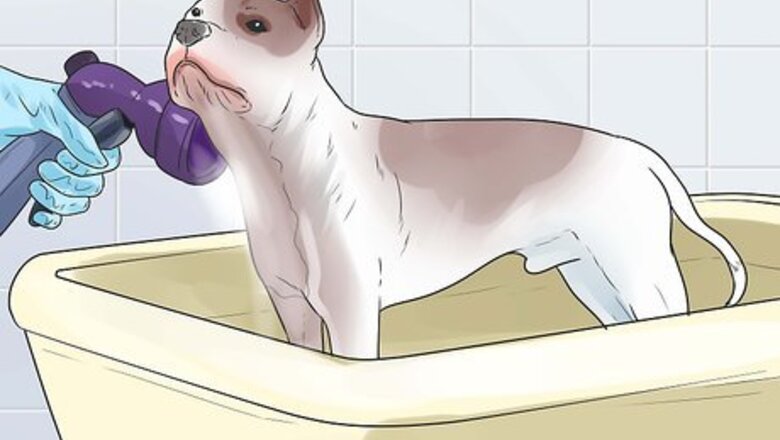
views
Disclaimer: It's not a good idea to microchip your dog yourself, and the procedure should be done at a vet's office whenever possible. In some places, microchipping your dog independently is against the law.
Getting the Microchip
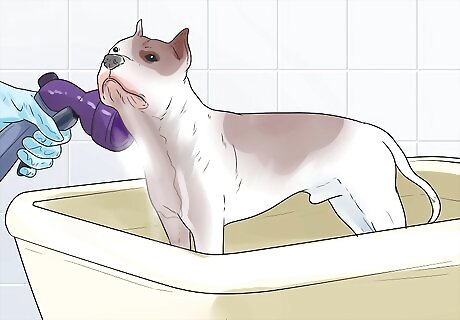
Bathe your dog. Before you get your dog microchipped, she needs to be clean. This is so the injection site is nice and clean when the vet injects the microchip into your dog.
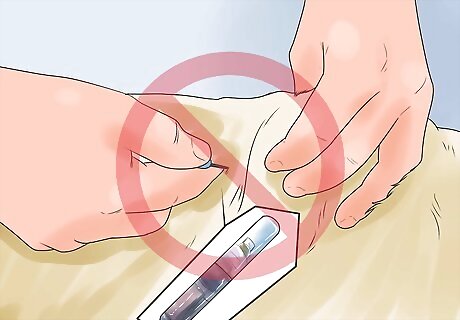
Refrain from microchipping your dog yourself. You should not inject your dog with a microchip at home. It is illegal in many states to implant your dog yourself and you can have legal action brought against you. Even if you are able to buy a microchip from a third part source, do not implant the chip yourself.

Take your dog to the vet. Microchips should always be injected by a qualified medical professional. It is much safer for your dog because your vet knows exactly where the microchip should be placed, how much pressure should be used, and what to look for in the rare chance there is any reaction to the microchip. You can hurt your dog if she isn't injected in the right way.
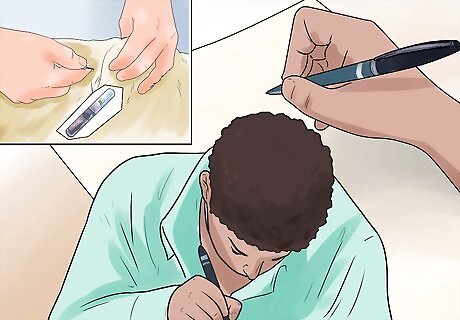
Fill out the paperwork. When you are having your dog microchipped, you need to fill out the paperwork that comes with the microchip so the microchip is registered. The information that you list on these forms is how your dog will be returned to you if she is ever lost or recovered. Your vet will then send off the paperwork to the manufacturer's database for you. There is a fee to register the paperwork, which is often included in your vet bill. Make a copy of this paperwork if your vet doesn't offer you one. This will ensure that you have all the right information about your dog's microchip.
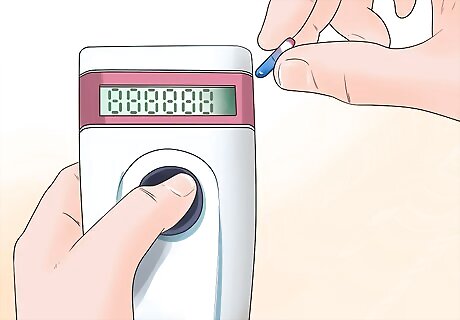
Check the microchip's ID number. Before your vet injects the microchip, she will place the microchip reader over the needle with the microchip in it to make sure it reads clearly and emits the right unique ID number. The number should match that on your paperwork. You should also keep this number for your records.
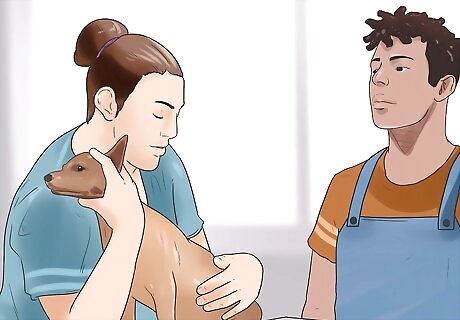
Have the nurse hold your dog still. Your vet can perform the microchip injection in the normal exam room. She will require the assistance of a nurse to help her with the injection. The nurse will gently hold your dog steady by placing one arm beneath your dog's body and gently place the crook of his arm under her neck. He will then hold the dog close to his body so she can't move.
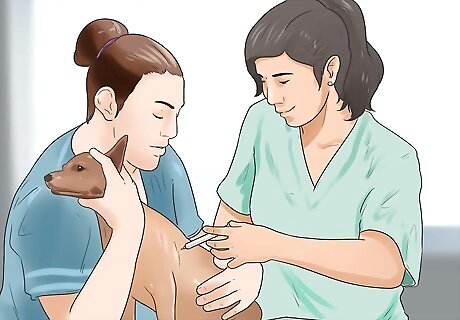
Have the vet inject the microchip. Once the nurse has your dog secure, your vet can locate the place between your dog's shoulder blades where the chip will be implanted. You vet will gently pull up the skin in this area and she will implant the microchip, about the size of a grain of rice, directly under the skin with the applicator. The skin doesn't need an alcohol swab or other preparation as long as your dog is clean.
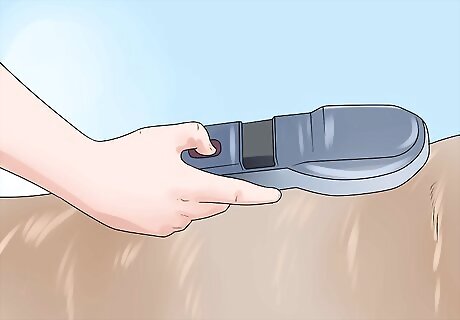
Recheck the microchip. Once the microchip is implanted in your dog, the vet will recheck the chip to make sure it is still transmitting now that it is in your dog's skin. Once the number reads the right unique ID, your dog is ready to go. Your vet will also routinely check the chip once a year to make sure it is functioning properly.
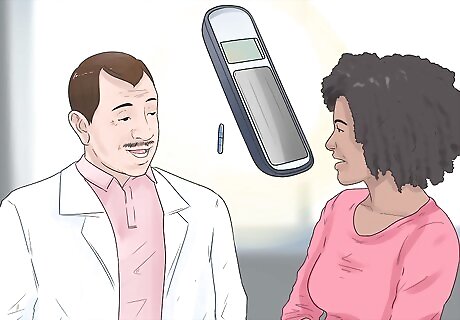
Keep your information up to date. If you move, change your phone number, or if any other contact information changes, make sure you tell your vet or contact the manufacturer's database about your change in information. They will update your information as soon as possible so your dog can be returned to the right place if she goes missing.
Considering a Microchip
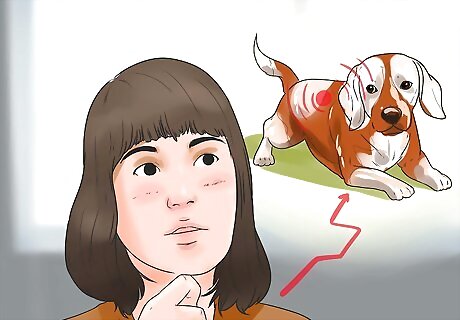
Learn why you should microchip. Microchips greatly increase your chances of having your dog returned to you if she is lost. Collars and other identifying tags can fall off, but microchips never leave your dog once they are implanted.
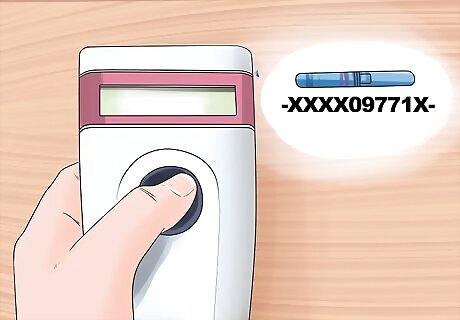
Understand how a microchip works. A microchip is a device that emits radio waves at a certain frequency. There are typically three different frequencies that a chip may emit at, but there are universal readers that will read all three frequencies. When the frequency is read, the reader will display the unique ID number attached to your paperwork as well as the manufacturer of the chip. This will tell them which database to contact in order to find your information. The chip itself does not contain your contact information. It just has your unique ID, which is used to access your paperwork.
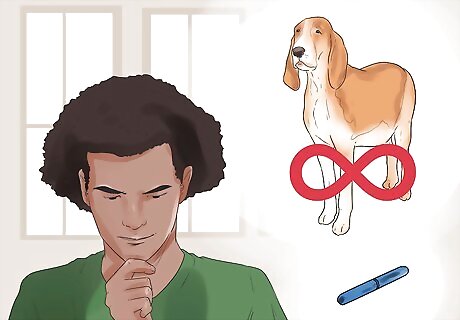
Know how long microchips last. Microchips do not run on power. They simply reflect a signal back to the scanner. Once your dog has been implanted with a microchip, it will last for her whole life.
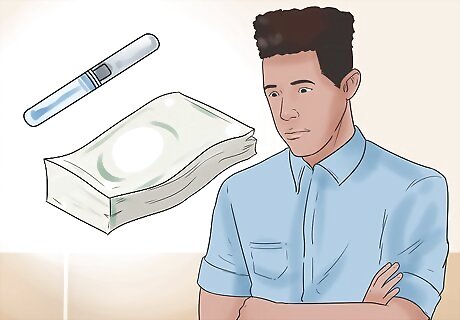
Learn how much microchips cost. Most vets charge between $25 to $50 for the implantation of a microchip. This will vary depending on your vet.
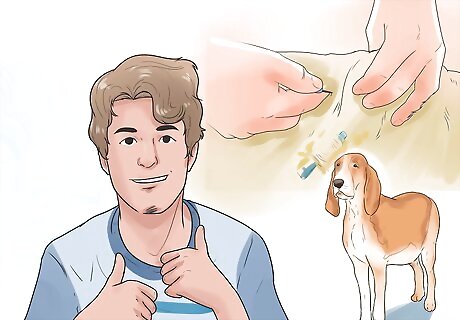
Be aware that it doesn't affect your dog's health. Microchipping has a very minimal chance of any side effects. There is only a small pain felt when the microchip is injected, similar to that of any shot. Your dog may react to this a little bit, but it will only sting for a few moments. If your dog is smaller, there may be a little more pain at the moment of injection because she has less padding. No surgery or anesthesia is required to implant the microchip. However, many owners opt to have the microchip implanted at the same time she is spayed (or neutered if male) so she gets both procedures handled at one time. There have been a few documented cases of extreme side effects, such as microchip migration that leads to abscesses or, in one case, death, but these are very rare.



















Comments
0 comment